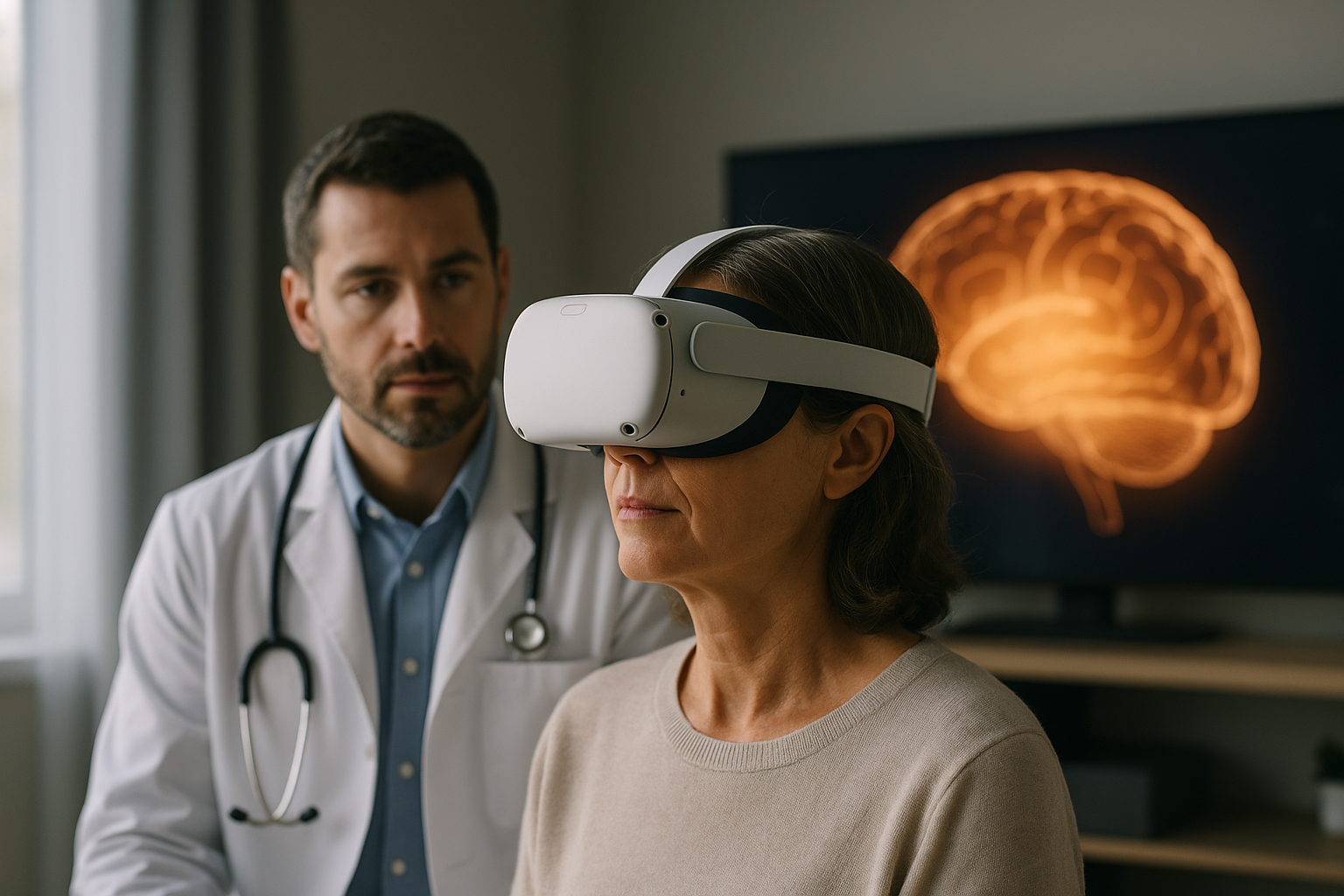Bipolar Disorder Test: What It Is, Signs to Watch For, and What to Expect in 2025
Bipolar disorder is a complex mental health condition characterized by significant mood swings that include emotional highs (mania or hypomania) and lows (depression). Proper diagnosis requires comprehensive testing by qualified mental health professionals. As diagnostic approaches continue to evolve, understanding what a bipolar disorder test involves, recognizing potential symptoms, and knowing what to expect from the diagnostic process can help individuals seek appropriate care. This article explores current testing methods and anticipated advancements in bipolar disorder assessment expected by 2025.

How Bipolar Disorder Affects the Mind and Body
Bipolar disorder manifests through both psychological and physiological symptoms that significantly impact daily functioning. Mentally, individuals may experience racing thoughts, decreased need for sleep, and grandiose ideas during manic episodes, while depressive episodes often bring persistent sadness, hopelessness, and difficulty concentrating. Cognitive functions like memory, attention, and decision-making abilities can fluctuate dramatically between episodes.
Physically, bipolar disorder can manifest as changes in energy levels, sleep disturbances, and appetite fluctuations. During manic phases, some people experience increased physical activity, restlessness, and even engage in risky behaviors. Conversely, depressive episodes may bring fatigue, psychomotor retardation (slowed movements), and physical pain without clear cause. Research has also identified links between bipolar disorder and various physical health conditions, including cardiovascular issues, immune system dysfunction, and metabolic abnormalities, highlighting the disorder’s whole-body impact.
Common Symptoms That May Lead to a Bipolar Test
Several key symptoms typically prompt healthcare providers to consider bipolar disorder testing. Mood episodes characterized by periods of unusual euphoria, irritability, or energy (mania), followed by episodes of deep depression, are hallmark indicators. During manic episodes, individuals might display decreased need for sleep, excessive talking, racing thoughts, inflated self-esteem, and engagement in high-risk activities like spending sprees or sexual indiscretions.
Depressive episodes involve persistent feelings of sadness, emptiness, hopelessness, significant changes in appetite or weight, insomnia or hypersomnia, fatigue, feelings of worthlessness, and recurrent thoughts of death or suicide. Bipolar II disorder features hypomanic episodes (less severe than full mania) alternating with depressive periods. Cyclothymic disorder involves numerous periods of hypomania and depressive symptoms lasting for at least two years. Mixed features, where symptoms of both mania and depression occur simultaneously, and rapid cycling, with four or more mood episodes within a year, may also indicate bipolar disorder and necessitate professional assessment.
What to Expect During a Bipolar Test
A comprehensive bipolar disorder assessment typically involves multiple components rather than a single test. Initially, a qualified mental health professional will conduct a thorough clinical interview, discussing symptoms, personal and family medical history, and environmental factors. This conversation aims to understand symptom patterns, triggers, and impacts on daily functioning.
Standardized psychological assessments commonly used include the Mood Disorder Questionnaire (MDQ), Bipolar Spectrum Diagnostic Scale (BSDS), and the Young Mania Rating Scale (YMRS). These tools help quantify symptoms and track their severity over time. Medical evaluations may be ordered to rule out physical conditions that might mimic bipolar symptoms, such as thyroid disorders or neurological issues. Blood tests, imaging studies, and sometimes sleep studies contribute valuable information to the diagnostic process. Additionally, the clinician will likely request information from family members or close friends about observed behavior patterns, as individuals sometimes lack insight into their symptoms, particularly during manic episodes.
The Difference Between Bipolar Disorder and Other Conditions
Accurate diagnosis of bipolar disorder can be challenging because its symptoms overlap with several other mental health conditions. Major depressive disorder shares depressive symptoms with bipolar disorder, but lacks the manic or hypomanic episodes. Without a thorough history examination, bipolar individuals seeking treatment during depressive phases might be misdiagnosed with unipolar depression.
Attention deficit hyperactivity disorder (ADHD) can present with symptoms similar to hypomania, including restlessness, talkativeness, and impulsivity, though these remain constant rather than episodic in ADHD. Borderline personality disorder features emotional instability and impulsive behavior that may resemble bipolar symptoms, but mood shifts in borderline personality disorder typically occur in response to interpersonal stressors and resolve more quickly. Substance use disorders can induce mood alterations that mimic bipolar symptoms, requiring careful assessment of whether symptoms persist during periods of sobriety. Certain medical conditions, including thyroid disorders, neurological conditions, and medication side effects, can also produce symptoms resembling bipolar disorder, emphasizing the importance of comprehensive medical evaluation.
Treatment and Management Options in 2025
By 2025, treatment approaches for bipolar disorder are expected to become increasingly personalized and technologically advanced. Pharmacological interventions will likely evolve to include more targeted medications with improved side effect profiles. Research into genetic factors is anticipated to enable more precise medication selection based on individual genetic markers, potentially improving treatment response rates and reducing trial-and-error approaches.
Digital health technologies will play a more significant role in bipolar disorder management. Smartphone applications using passive and active data collection may provide continuous monitoring of mood patterns, sleep quality, activity levels, and speech patterns to detect early warning signs of episode onset. These technologies could enable just-in-time interventions before full episodes develop. Telehealth services will likely become more sophisticated, offering remote psychiatric consultations, therapy sessions, and monitoring capabilities, improving access to care particularly for underserved populations.
Psychotherapy approaches are expected to incorporate more virtual reality and augmented reality components for skills training and exposure therapy. Transcranial magnetic stimulation (TMS), already approved for depression treatment, may see expanded applications for bipolar depression, while continued research into deep brain stimulation and other neuromodulation techniques could provide options for treatment-resistant cases. Lifestyle interventions focusing on sleep hygiene, stress management, and nutrition will increasingly be integrated into comprehensive treatment plans, supported by digital coaching and monitoring tools.
This article is for informational purposes only and should not be considered medical advice. Please consult a qualified healthcare professional for personalized guidance and treatment.




